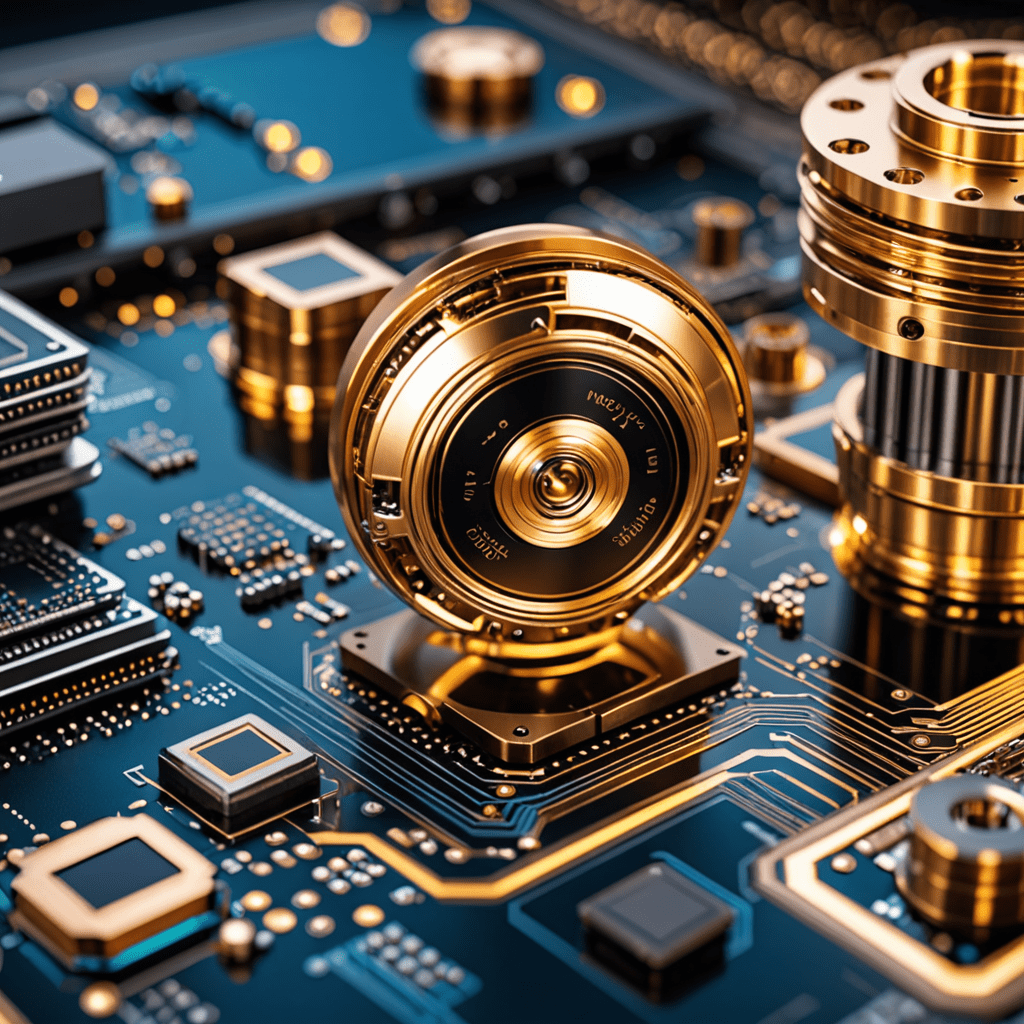
Nanotechnology in Food Nanosensors: Ensuring Safety with Nanotech Sensors
The Rise of Nanotechnology in Food Safety
Nanotechnology has made significant strides in enhancing food safety through the use of nanosensors. These tiny sensors, at the nanoscale, are capable of detecting contaminants in food products with unprecedented precision.
What are Nanosensors?
Nanosensors are miniature devices designed to detect and relay information about the presence of specific molecules or compounds. In the context of food safety, nanosensors can identify contaminants such as pathogens, chemicals, or toxins that may pose a risk to consumer health.
How Nanosensors Ensure Food Safety
By integrating nanosensors into food packaging or processing equipment, companies can monitor the quality and integrity of their products in real-time. This proactive approach enables swift action to be taken in the event of contamination, minimizing the risk of widespread outbreaks or recalls.
Applications of Nanotech Sensors in the Food Industry
Nanosensors are used across various stages of the food supply chain, from production to distribution. They can detect microbial growth, pesticide residues, allergens, and even determine the freshness of perishable items, ensuring that only safe and high-quality products reach consumers.
The Benefits of Nanosensors in Food Safety
The use of nanosensors offers several advantages, including improved accuracy in detecting contaminants, faster response times to potential threats, and increased overall efficiency in maintaining food safety standards. This technology plays a crucial role in safeguarding public health and reducing the economic impact of foodborne illnesses.
Challenges and Considerations
While nanosensors hold great promise in enhancing food safety, there are challenges to overcome, such as ensuring their regulatory approval, addressing privacy concerns related to data collection, and maintaining the affordability of implementing this technology on a large scale. Stakeholders must work together to address these issues to fully realize the potential of nanotech sensors in the food industry.
The Future of Nanotechnology in Food Safety
As research and development in nanotechnology continue to advance, we can expect to see even more sophisticated nanosensors that offer greater sensitivity, specificity, and versatility in detecting food contaminants. By harnessing the power of nanotechnology, the food industry can further strengthen its commitment to providing safe and high-quality products to consumers worldwide.
FAQs about Nanotechnology in Food Nanosensors
What are nanosensors in food technology?
Nanosensors are tiny devices that utilize nanotechnology to detect specific compounds or elements in food. They can help ensure food safety and quality by detecting contaminants, pathogens, or spoilage.
How do nanosensors in food work?
Nanosensors typically consist of nanoscale materials that interact with food components, causing detectable changes in properties like conductivity or fluorescence. These changes are then interpreted to identify and quantify the target substances.
What are the benefits of using nanosensors in food safety?
Nanosensors offer rapid detection capabilities, high sensitivity, and the ability to detect multiple contaminants simultaneously. They can help improve food quality control, reduce the risk of foodborne illnesses, and enhance overall food safety.
Are nanosensors safe for use in food applications?
Extensive research is conducted to ensure the safety of nanosensors in food. Regulatory bodies like the FDA closely monitor their use to guarantee they meet safety standards before being approved for commercial applications.


